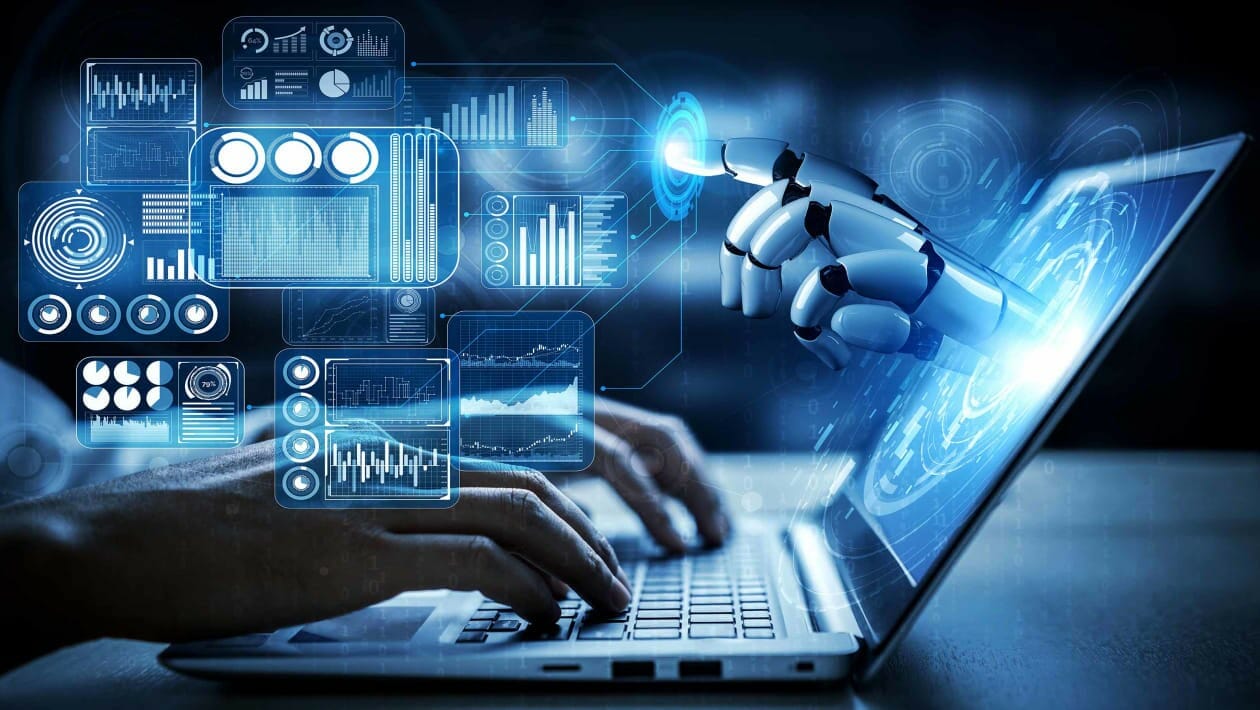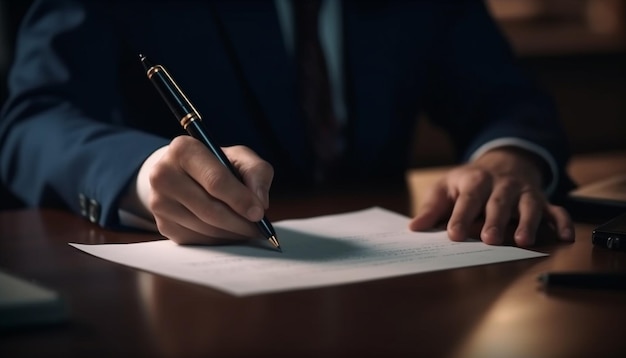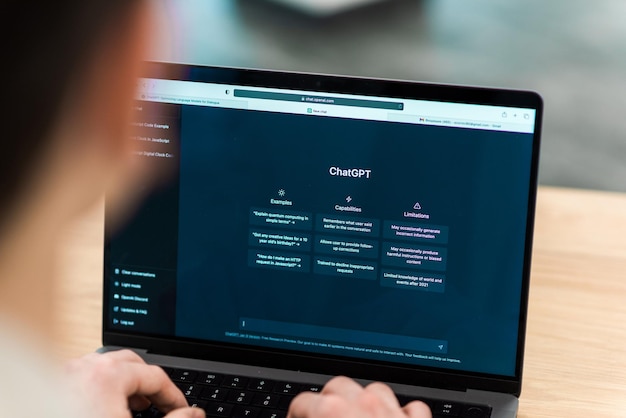How are AI images generated? A comprehensive guide
Have you ever wondered how some websites or apps can create realistic images from simple text descriptions? For example, how can you get a picture of a cat wearing a hat and sunglasses just by typing “a cool cat” in a text box? Or how can you generate a painting of a landscape in the style of Van Gogh by entering “a starry night over a river”?
These are examples of AI image generation, a fascinating and rapidly evolving field of artificial intelligence that uses machine learning algorithms to produce new images based on a set of input parameters or conditions. In this article, we will explore how AI image generation works, what are the benefits and challenges of using it, and what are some of the best tools and platforms that you can use to generate your own AI images.
What is AI image generation and how does it work?
AI image generation is the process of creating new images from scratch or modifying existing images using artificial intelligence. AI image generation can be used for various purposes, such as artistic expression, entertainment, education, research, design, marketing, and more.
AI image generation works by using machine learning algorithms to learn from a large dataset of images, which can include anything from paintings and photographs to 3D models and game assets. The algorithms analyze the features, patterns, colors, shapes, and styles of the images in the dataset and try to replicate them in new images.
There are different types of machine learning algorithms that can be used for AI image generation, but one of the most popular and powerful ones is called generative adversarial network (GAN). A GAN consists of two neural networks: a generator and a discriminator. The generator is responsible for creating new images, while the discriminator is used to evaluate whether the images are real or fake.
The generator and the discriminator compete with each other in a game-like scenario. The generator tries to fool the discriminator by producing realistic images that match the input conditions, while the discriminator tries to distinguish between real and fake images. The generator learns from its mistakes and improves its output over time, while the discriminator also learns from its feedback and becomes more accurate. The result is a GAN that can generate high-quality and diverse images that are indistinguishable from real ones.
What are the benefits and challenges of AI image generation?
AI image generation has many benefits for various domains and applications. Some of the benefits are:
- AI image generation can enhance creativity and innovation by enabling users to create original and unique images that they could not otherwise produce.
- AI image generation can save time and resources by automating the process of image creation and editing, which can be tedious and costly.
- AI image generation can provide new insights and perspectives by generating images that are beyond human imagination or experience.
- AI image generation can improve accessibility and inclusion by allowing users to create images that represent their identity, culture, preferences, and needs.
However, AI image generation also poses some challenges and risks that need to be addressed. Some of the challenges are:
- AI image generation can raise ethical and legal issues by creating images that are misleading, harmful, offensive, or infringing on intellectual property rights.
- AI image generation can affect human perception and behavior by influencing how people see themselves, others, and the world around them.
- AI image generation can be misused or abused by malicious actors who can use it to generate fake or manipulated images for propaganda, fraud, or cyberattacks.
Therefore, AI image generation requires careful regulation, governance, and education to ensure that it is used responsibly and ethically.
What are some of the best tools and platforms for AI image generation?
There are many tools and platforms that you can use to generate your own AI images. Some of them are:
- DALL·E 2: DALL·E 2 is an online platform that allows you to generate photorealistic images from text descriptions using OpenAI’s latest DALL-E technology. You can enter any text prompt you want and get multiple images that match your query. You can also fine-tune various parameters such as resolution, diversity, style, colorfulness, brightness, contrast, saturation, sharpness, noise level, etc. DALL·E 2 is easy to use and fun to experiment with. You can access it here.
- Midjourney: Midjourney is another online platform that lets you generate artistic images from text descriptions using OpenAI’s CLIP technology. You can enter any text prompt you want and get multiple images that match your query. You can also fine-tune various parameters such as resolution, diversity, style transfer strength, style transfer source (from a list of famous artists), etc. Midjourney is more suitable for generating illustrations or digital art than photorealistic images. You can access it here.
- DreamStudio (Stable Diffusion): DreamStudio (Stable Diffusion) is a desktop application that gives you more customization and control over your AI image generation process. You can use it to generate images from text descriptions, image prompts, or both. You can also adjust various parameters such as resolution, diversity, temperature, truncation, diffusion steps, etc. DreamStudio (Stable Diffusion) runs locally on your computer, so you don’t need an internet connection or a subscription to use it. However, you do need a powerful computer with a GPU to run it smoothly. You can download it here.
- Firefly (Photoshop): Firefly (Photoshop) is a plugin that integrates AI image generation into Adobe Photoshop. You can use it to generate images from text descriptions or image prompts within Photoshop. You can also edit and refine the generated images using Photoshop’s tools and features. Firefly (Photoshop) is ideal for professionals who want to use AI image generation for their projects. You can download it here.
Conclusion
AI image generation is an amazing and exciting field of artificial intelligence that can create stunning and realistic images from simple text descriptions or image prompts. AI image generation has many benefits for various domains and applications, but it also poses some challenges and risks that need to be addressed. There are many tools and platforms that you can use to generate your own AI images, depending on your preferences and needs. AI image generation is a great way to unleash your creativity and imagination, as well as to learn more about the capabilities and limitations of artificial intelligence.








